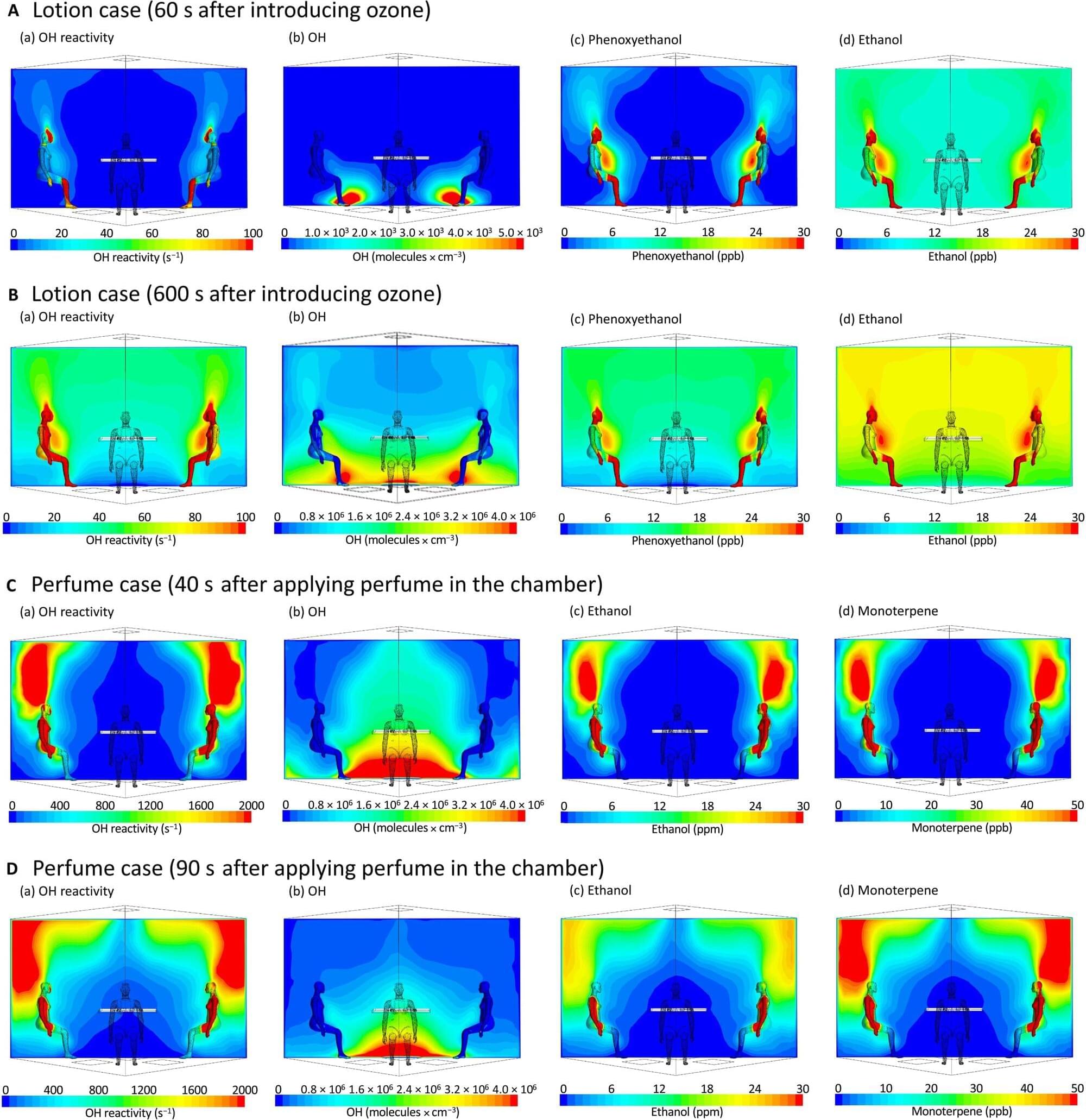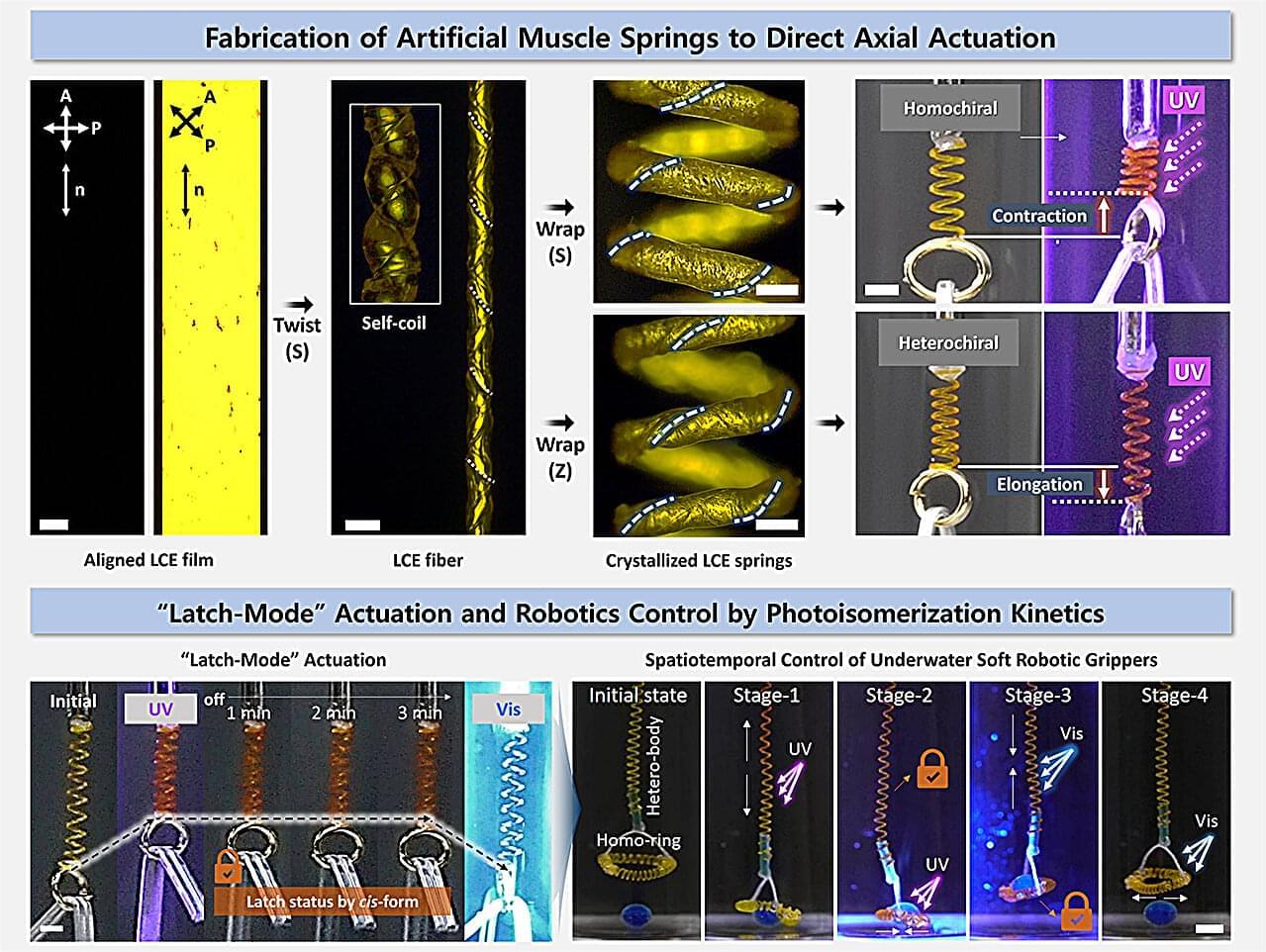Microscopy on tissue swollen to 16 times its normal size can help unravel neural structures



We’re announcing the world’s first scalable, error-corrected, end-to-end computational chemistry workflow. With this, we are entering the future of computational chemistry.
Quantum computers are uniquely equipped to perform the complex computations that describe chemical reactions – computations that are so complex they are impossible even with the world’s most powerful supercomputers.
However, realizing this potential is a herculean task: one must first build a large-scale, universal, fully fault-tolerant quantum computer – something nobody in our industry has done yet. We are the farthest along that path, as our roadmap, and our robust body of research, proves. At the moment, we have the world’s most powerful quantum processors, and are moving quickly towards universal fault tolerance. Our commitment to building the best quantum computers is proven again and again in our world-leading results.

Scientists discover fungus species in Chernobyl nuclear zone have mutated to feed on radiation:
Cryptococcus neoformans, discovered at the site in 1991, feeds on radiation through a process called radiosynthesis. Its high levels of melanin absorb harmful radiation and convert it into chemical energy, much like how plants use photosynthesis to create energy.
NASA scientists, in collaboration with Johns Hopkins University, are now testing melanin extracted from the fungi aboard the International Space Station. ’ If successful, this natural shield could protect astronauts and equipment from cosmic rays, a significant challenge for long-term space exploration. “Space radiation is dangerous and damages matter,” explains researcher Radamés J.B. Cordero. “A material like this could shield astronauts and benefit people here on Earth.” This discovery turns a remnant of a nuclear disaster into a potential lifesaver for humanity’s journey into the cosmos.
Learn more.
Radiotrophic fungi are fungi that can perform the hypothetical biological process called radiosynthesis, which means using ionizing radiation as an energy source to drive metabolism. It has been claimed that radiotrophic fungi have been found in extreme environments such as in the Chernobyl Nuclear Power Plant.
Most radiotrophic fungi use melanin in some capacity to survive. [ 1 ] The process of using radiation and melanin for energy has been termed radiosynthesis, and is thought to be analogous to anaerobic respiration. [ 2 ] However, it is not known if multi-step processes such as photosynthesis or chemosynthesis are used in radiosynthesis or even if radiosynthesis exists in living organisms.


A serendipitous observation in a Chemical Engineering lab at Penn Engineering has led to a surprising discovery: a new class of nanostructured materials that can pull water from the air, collect it in pores and release it onto surfaces without the need for any external energy.
The research, published in Science Advances, describes a material that could open the door to new ways to collect water from the air in arid regions and devices that cool electronics or buildings using the power of evaporation.
The interdisciplinary team includes Daeyeon Lee, Russell Pearce and Elizabeth Crimian Heuer Professor in Chemical and Biomolecular Engineering (CBE); Amish Patel, Professor in CBE; Baekmin Kim, a postdoctoral scholar in Lee’s lab and first author; and Stefan Guldin, Professor in Complex Soft Matter at the Technical University of Munich.

The indoor environment contains multiple sources of chemical compounds. These include continuous emissions from housing materials such as furniture, floors and furnishings, but also periodic intense emissions from human activities such as cooking, smoking, and cleaning.
Outdoor air chemicals can also enter indoor environments through infiltration and ventilation. Ozone (O3) from outdoors can react with compounds indoors to create a complex chemical cocktail within the indoor living space. Since people spend up to 90% of their time indoors, exposure to this diverse array of chemical compounds over extended periods is cause for concern, particularly as the human-health impacts of many such chemicals remain poorly understood.
On the basis of their findings in 2022, Jonathan Williams’s research group from the Max Planck Institute for Chemistry took a closer look at how the human oxidation field might be influenced by personal care products. The study is published in the journal Science Advances.

A Korean research team has developed a light-powered artificial muscle that operates freely underwater, paving the way for next-generation soft robotics.
The research team—Dr. Hyun Kim at the Korea Research Institute of Chemical Technology (KRICT), Prof. Habeom Lee at Pusan National University, and Prof. Taylor H. Ware at Texas A&M University—successfully developed artificial muscles based on azobenzene-functionalized semicrystalline liquid crystal elastomers (AC-LCEs) that actuate in response to light.
The work has been published in the journal Small.
Artificial intelligence (AI) agents and large-language models (LLMs), such as the model underpinning OpenAI’s conversational platform ChatGPT, are now widely used by people worldwide, both in informal and professional settings. Over the past decade or so, some of these models have also been adapted to tackle complex research problems rooted in various fields, including biology, physics, medical sciences and chemistry.
Existing computational tools employed by chemists are often highly sophisticated and complex. Their complexity makes them inaccessible to non-expert users and often even difficult for expert chemists to use.
Researchers at Matter Lab at the University of Toronto and NVIDIA have developed El Agente Q, a new LLM-based system that could allow chemists, particularly those specialized in quantum chemistry, to easily generate and execute quantum chemistry workflows, sequences of computational tasks required to study specific chemical systems at the quantum mechanical level.

Proteins are among the most studied molecules in biology, yet new research from the University of Göttingen shows they can still hold surprising secrets. Researchers have discovered previously undetected chemical bonds within archived protein structures, revealing an unexpected complexity in protein chemistry.
These newly identified nitrogen-oxygen-sulfur (NOS) linkages broaden our understanding of how proteins respond to oxidative stress, a condition where harmful oxygen-based molecules build up and can damage proteins, DNA, and other essential parts of the cell. The new findings are published in Communications Chemistry.
The research team systematically re-analyzed over 86,000 high-resolution protein structures from the Protein Data Bank, a global public repository of protein structures, using a new algorithm that they developed inhouse called SimplifiedBondfinder. This pipeline combines machine learning, quantum mechanical modeling, and structural refinement methods to reveal subtle chemical bonds that were missed by conventional analyses.
Researchers in Australia are working on a way to lower the cost of producing solar thermal energy by as much as 40% with the help of shatterproof rear-view mirrors originally designed for cars.
That could be huge for agriculture and industrial facilities which need large amounts of heat for large-scale processes at temperatures between 212 — 754 °F (100 — 400 °C). That addresses food production, drying crops, grain and pulse drying, sterilizing soil and treating wastewater on farms; industrial applications include producing chemicals, making paper, desalinating water, and dyeing textiles.
A quick refresher in case you’re out of the loop: solar thermal energy and conventional solar energy (photovoltaic) systems both harvest sunlight, but they work in fundamentally different ways. Solar thermal setups capture the Sun’s heat rather than its light, use reflectors to concentrate sunlight onto a receiver, and convert solar radiation directly into heat energy. This heat can be used directly for heating buildings, water, or the aforementioned industrial processes.